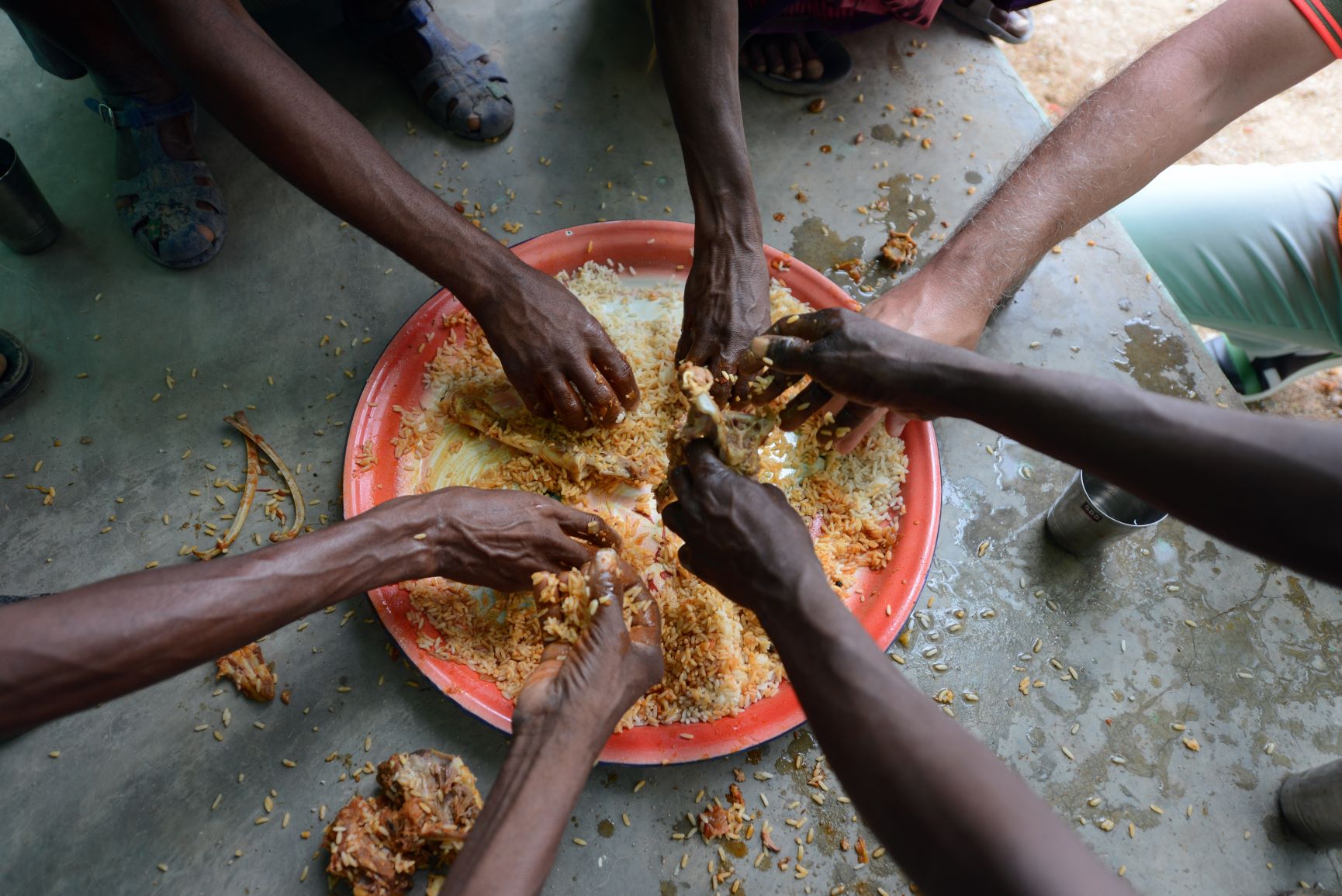FOOD SECURITY

· The Food and Agribusiness organisation (FAO) of the Assembled Countries has sent off the Asia-Pacific Provincial Outline of Food Security and Nourishment 2023: According to Statistics and Trends, 74.1 percent of Indians would not be able to afford a healthy diet in 2021.
What are the Report's Most Important Highlights?
Global:
· In the Asia-Pacific region, the rate of undernourishment fell to 8.4% in 2022 from 8.8% the previous year. This represents approximately 12 million fewer people than in 2021, but 55 million more than in 2019, prior to the Covid-19 pandemic.
· With 370.7 million undernourished individuals, the Asia and the Pacific area addresses half of the world's undernourished individuals.
· Nearly 314 million people in Southern Asia suffer from malnutrition. This addresses 85 % of undernourished individuals in the Asia and the Pacific area.
· There are all the more seriously food uncertain people in Southern Asia than some other subregions.
· Except for Eastern Asia, women tend to be more food insecure than men across the subregions.
Indian:
· Unaffordability of a Healthy Diet: In 2020, 76.2 percent of Indians were unable to afford a healthy diet, up from 74.1 percent in 2021.
· Comparative Analysis with Other Countries: Pakistan had 82.2% and Bangladesh had 66.1% of their populaces confronting hardships in getting to good food.
· Regional Food Security and Nutrition: India's population is malnourished by 16.6%.
Since 2015, the global prevalence of moderate, severe, and severe food insecurity has decreased in India.
· Youngsters' Wellbeing: 31.7 percent of children under the age of five were stunted, and 18.7 percent of those children were wasting, or having a weight that was too low for their height.
· Under 5% is the WHO's global nutrition target for childhood wasting.
· Poor nutrition and maternal health, inadequate feeding practices for infants and young children, and persistent infections in conjunction with a variety of other factors lead to stunted growth and development.
· Ladies' Wellbeing: 53% of the country's ladies matured between 15 to 49 had pallor, which was the biggest commonness rate in India in 2019.
· Women's health and well-being are negatively impacted by anemia, as is the likelihood of adverse maternal and neonatal outcomes.
· Weight and Nourishment Pointers: The FAO estimates that as of the year 2000, 1.6% of adults in the nation were obese. By 2016, the percentage had increased to 3.9%.
· Select Breastfeeding: India has increased the prevalence of exclusive breastfeeding among infants between the ages of 0 and 5 months to 63.7%, which is higher than the global prevalence of 47.7%.
· India has the most noteworthy pervasiveness of low birthweight in the district (27.4%), trailed by Bangladesh and Nepal.
What is the Food and Farming Association?
About:
· The United Nations' FAO is a specialized agency that leads international efforts to end hunger.
· World Food Day is commended consistently all over the planet on sixteenth October. The day is commended to stamp the commemoration of the establishing of the FAO in 1945.
· It is based in Rome (Italy) and is one of the UN agencies that provide food aid. The World Food Programme and the International Fund for Agricultural Development (IFAD) are its sister organizations.
